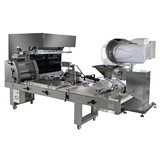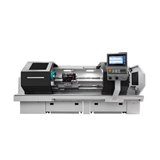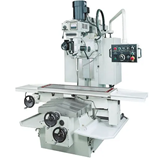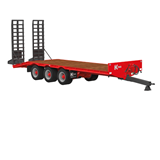The patent process can be costly, as can creating a prototype. But those costs can pale compared to an initial production run and marketing efforts.
The following tips will help get your new invention off the ground and into the hands of the people and organisations who will benefit from it.
Start from scratch - the patent search
The first step is generally searching to see if your invention already exists. A patent search will help with the following:
- Determine if your intellectual property (IP) meets the requirements for protection
- Reveal if you are infringing on another's IP
- Learn about the competition
- Obtain product information on competing products
Seek patent attorney advice

Guidance from a patent attorney is quite valuable in both the last step and the next one – applying for a patent. They are trained to determine if a similar product already exists or if your IP is even eligible to receive a patent. They can offer advice on filing a provisional application and determine if a standard, innovation or international patent application makes the most sense.
Patents prepared without professional assistance are often declined due to insufficient information about the invention. There are also issues with disclosing the invention prior to a provisional patent being granted. The cost may seem prohibitive, but the entire invention could be lost if the application isn't completed properly.
Getting your invention off the ground
After a successful patent application comes the difficult part – establishing a customer base and acquiring the funding needed for marketing and manufacturing.
Crowdfunding is gaining popularity, as it simultaneously markets the product, creates proof of concept, and provides the revenue base for production. In essence, the inventor places a product description on a growing number of funding websites (Kickstarter, Indiegogo, Crowdfunder etc). They set a budget and can offer equity or products in exchange for the investment. If the set threshold is met, the campaign is funded and the customers/bankers will receive gifts, experiences, the product, or even share in anticipated profits.
There are concerns with crowdfunding efforts that mirror issues with more traditional methods of moving an invention from prototype to production to purchase. Manufacturing delays, unexpected production costs, quality issues and safety concerns can create significant financial risk. There is also the possibility of infringing on another company's IP.
Too good to be true? Beware the low-cost option
Beware of companies offering low-cost options to help launch your product. Invention help services can lure customers with the promise of discounted patent assistance. They refer customers to patent agents, but the deep discounts place their customers into paper mill. The agents work on high volume, meaning individual applications often don't receive the attention they deserve. There are some services that in fact place their clients first, but the market is flooded with shady operators.
Inventors can instead focus on trade shows and conventions to get their product in front of retailers. There are also numerous seminars and other tools to help with marketing plans, fundraising, manufacturing etc.
Discussing your ideas with other inventors is also helpful, but be sure to have them sign a non-disclosure agreement prior to providing any information on your product or plans.
Know your goal
Perhaps the biggest mistake many inventors make is attempting to turn a product into a company. As good as the product may be, a single item generally doesn't make a company.
Don't overlook licensing agreements with companies that already have manufacturing, marketing and distribution channels in place. Making a small amount of pure profit on a large number of products – without the risk of taking on manufacturing – will often be the more sound business practice.













-160x160-state_article-rel-cat.png)


-160x160-state_article-rel-cat.png)






